
TwinCAT PLC++
全新一代 PLC 技术
中国区总部
毕孚自动化设备贸易(上海)有限公司
+86 21 6631 2666
info@beckhoff.com.cn
www.beckhoff.com.cn/zh-cn/

全新一代 PLC 技术
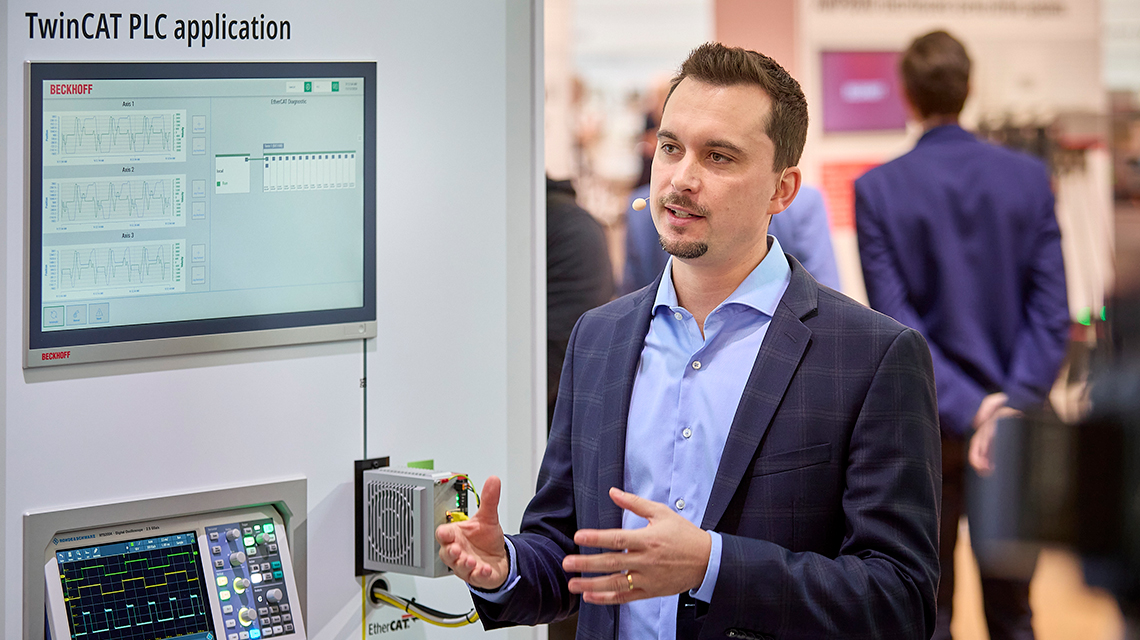
TwinCAT PLC++ 是倍福的一项最新创新成果,它能够无缝集成到成熟的 TwinCAT 环境中。它依然基于 IEC 61131-3 标准中规定的编程语言,并采用了先进的编译器技术,在开发环境和 Runtime 性能方面实现了显著的优化与提升。倍福始终如一地坚持自动化与IT技术深度融合的理念,并高度重视运用 DevOps(开发运维一体化)原则来实现持续集成和持续部署。全新一代的 PLC 技术由此应运而生,它能够针对复杂的客户需求提供理想的解决方案,并将自动化流程的效率提升到新的高度。
TwinCAT PLC++ 的主要优势如下:
TwinCAT PLC++ 是 TwinCAT 系统中最新一代的 PLC。Runtime 和开发环境性能均得到了显著提升,为用户带来了极大的附加价值,此外,切换变得简单便捷,同时保留了现有的 TwinCAT 功能,这对用户而言,无疑是一项真正的“加分项”。

相较于现有的 TwinCAT PLC,TwinCAT PLC++ 在 Runtime 性能方面具有显著优势。有了 TwinCAT PLC++,相同控制代码的执行速度可比之前快 1.5 倍。特别值得一提的是,新的编译器能够进一步缩短控制代码的执行时间。与 TwinCAT PLC 相比,这一在 IT 领域广受欢迎的优化选项能够进一步提升执行速度,最高可提升 3 倍。这意味着,对于之前的设备控制系统而言,可能计算能力较低的工业 PC 就足以满足需求,进而有效降低了硬件成本。如果硬件平台保持不变,那么释放出来的计算机资源可以用于实现更多的控制功能,或者通过周期时间的最小化来提升设备的生产效率。
从工程角度来看,TwinCAT PLC++ 能够缩短从控制代码开发、调试直至整个设备生命周期的吞吐时间。通过缩短项目加载时间和改进转换流程可以有效减少操作时间,从而实现上述目标。项目周期时间的缩短不仅大幅降低了成本,还加速了新设备和新系统上市的进程。凭借这些优势,TwinCAT PLC++ 无疑是那些希望优化其控制解决方案并最终提升其竞争力的企业的首选方案。
通过将该产品与已经上市的新一代运动控制产品 TwinCAT MC3 相结合,可以进一步实现性能提升。TwinCAT MC3 配备了先进的工程技术和 Runtime 架构。当这两种 TwinCAT 基础功能结合使用时,可以高效控制和监测复杂的应用和流程,从而提升客户解决方案的竞争力。
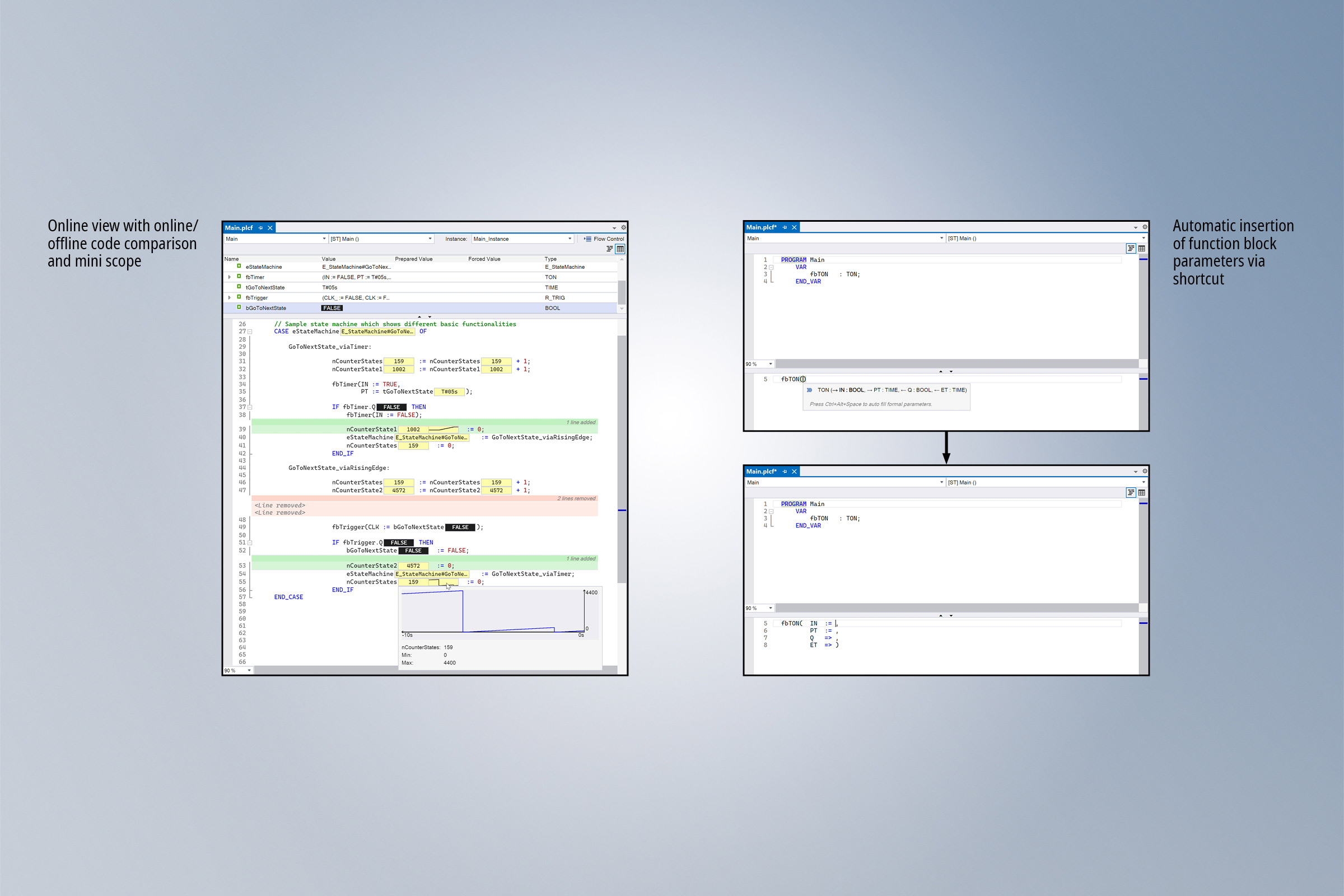
倍福将其近 30 年来积累的经验融入到 TwinCAT PLC++ 的开发中。来自全球 20,000 多名 TwinCAT 用户的反馈意见在完善实施方案中起到了举足轻重的作用, 不仅推动了用户界面的直观性优化,还实现了功能的显著提升,极大地减轻了用户的工作负担。
下述优势可让开发人员受益:
这些功能够显著提升开发人员的工作效率,进而有效缩短开发周期,加快产品上市速度。
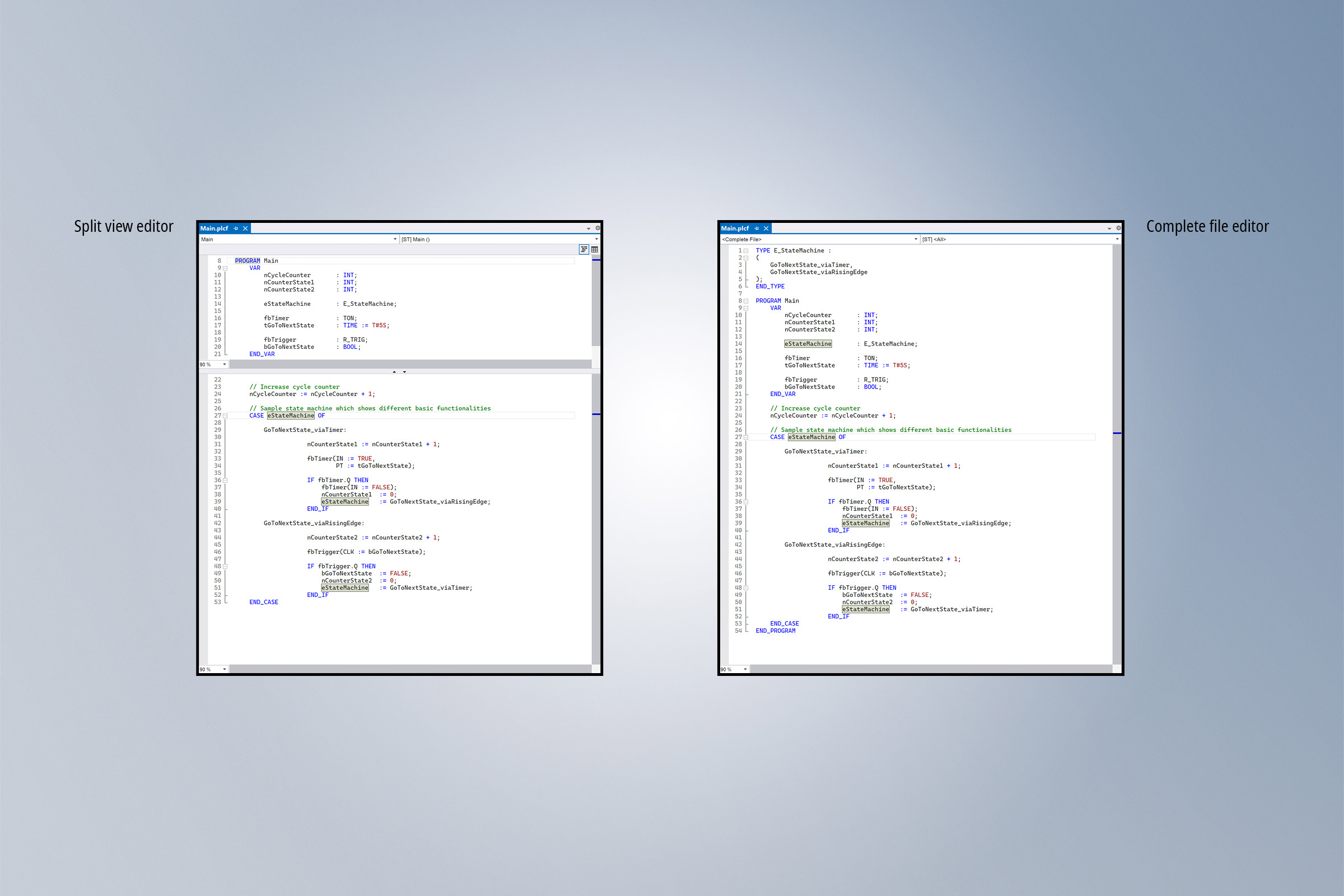
作为德国 IEC 小组的重要成员,倍福对标准化工作的推进和最佳实践起着积极影响。TwinCAT PLC++ 几乎与 IEC 61131-3 第四版的要求完全吻合,因此达到了国际最高标准。这种合规性极大地促进了不同自动化系统间的数据交互与协同作业,并支持采用标准化的面向对象的编程语言,包括类以及对变量访问权限的修改等功能。
遵循 IEC 标准为编程增添了额外的安全保障,这些保障通过编译器中的扩展类型检查得到进一步强化。TwinCAT PLC++ 还支持安全的在线更改功能,能够自动调整指针和引用,从而有效防止执行可能出错的代码, 确保应用程序更加可靠和安全。在紧急模式下,用户可以明确定义针对设备异常状态的应对措施,例如执行单独的代码来实现安全的关机操作。
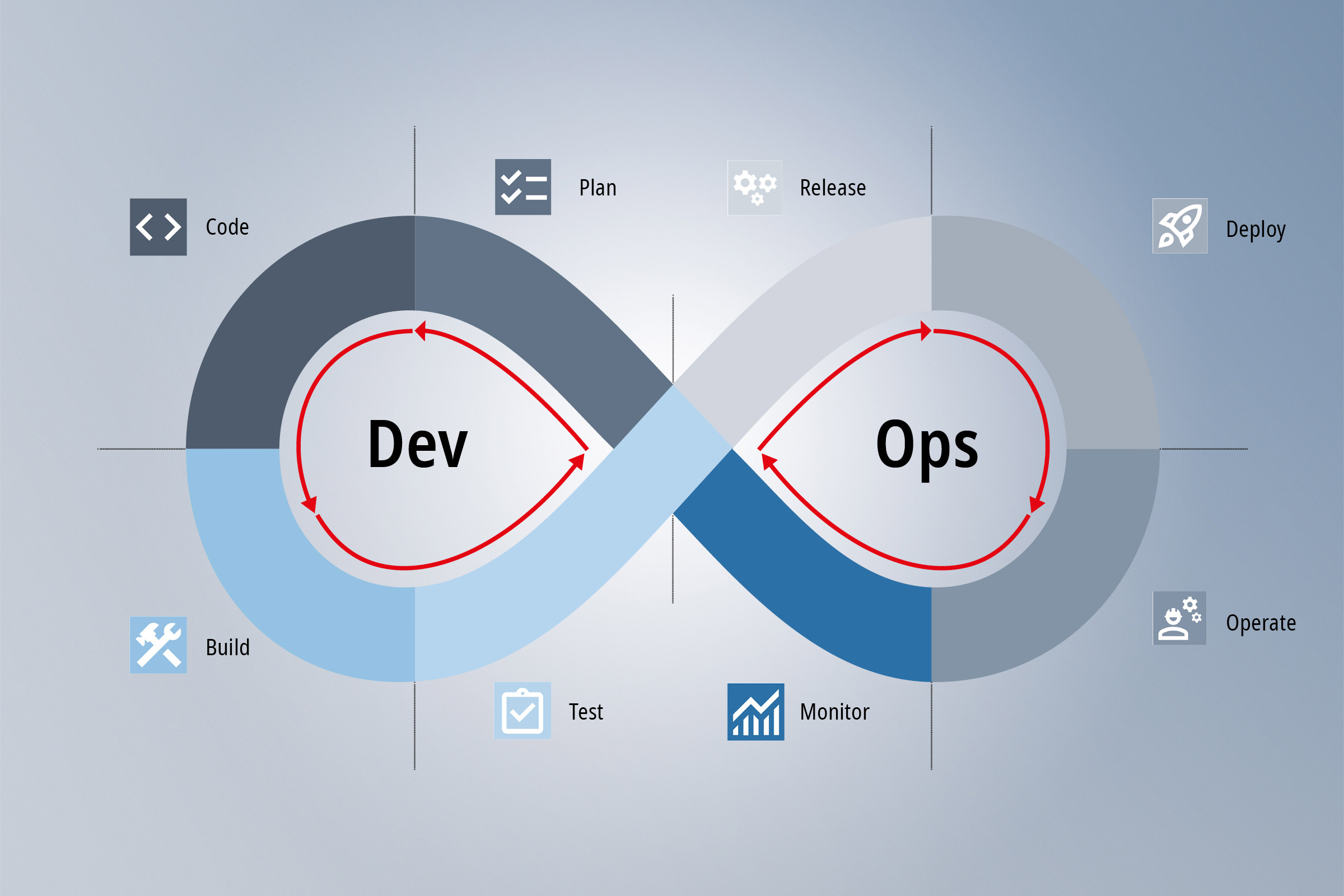
TwinCAT PLC++ 实现了将程序代码以纯文本形式存储在文件级。这极大地简化了源代码管理系统(如 Git)的应用,因为不同代码版本的同步变得尤为简单和直观。此外,新的编译器可作为独立组件使用,并可通过命令行界面自动调用。由于无需完整的工程实例,在单元测试中创建和测试程序代码的自动化流程在时间效率上实现了显著提升。
因此,TwinCAT PLC++ 为将 PLC 代码开发无缝集成到 DevOps 工作流程中, 以及通过自动化测试程序对代码进行审查以确保其质量打下了坚实的基础。自动化测试不仅能够增强控制系统的可靠性,还能显著提升测试流程的效率。因此能够加速产品上市进程,并有效降低现场出错的风险。
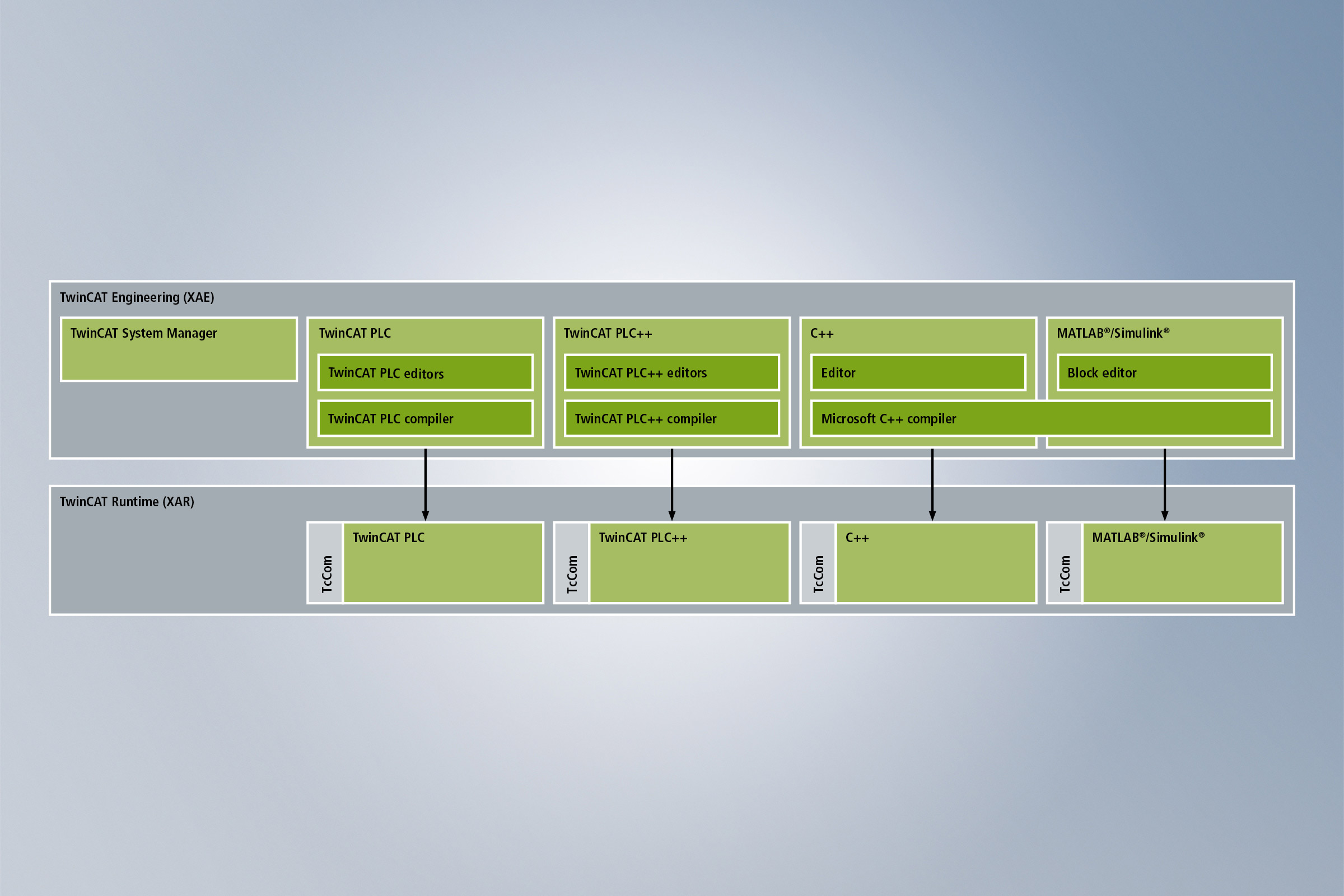
TwinCAT PLC++ 基于大家所熟悉的 TwinCAT 架构,并完全集成到成熟的 TwinCAT 生态系统中。因此,TwinCAT PLC++ 也可以与现有的 TwinCAT 功能完全兼容,并且如果需要,还可与现有的 TwinCAT PLC 并行使用。此外,还可以充分利用现有的 PLC 库。
这允许通过 TwinCAT PLC 和 TwinCAT PLC++ 的并行运行进行逐步过渡。集成的转换器可以高效地迁移现有的程序代码,从而能够在 TwinCAT PLC++ 中轻松利用现有的专业知识。这意味着,现有的 TwinCAT Scope 和 TwinCAT HMI 等应用程序可以继续使用,无需进行任何修改。因此,转换到 TwinCAT PLC++ 的整个过程所需的工作量极少,而且现有的投资也不会受到影响。
由于可以选择继续使用现有的库和应用程序,因此可以无缝过渡到新一代 PLC。这有助于引进新技术,提升自动化流程的效率。
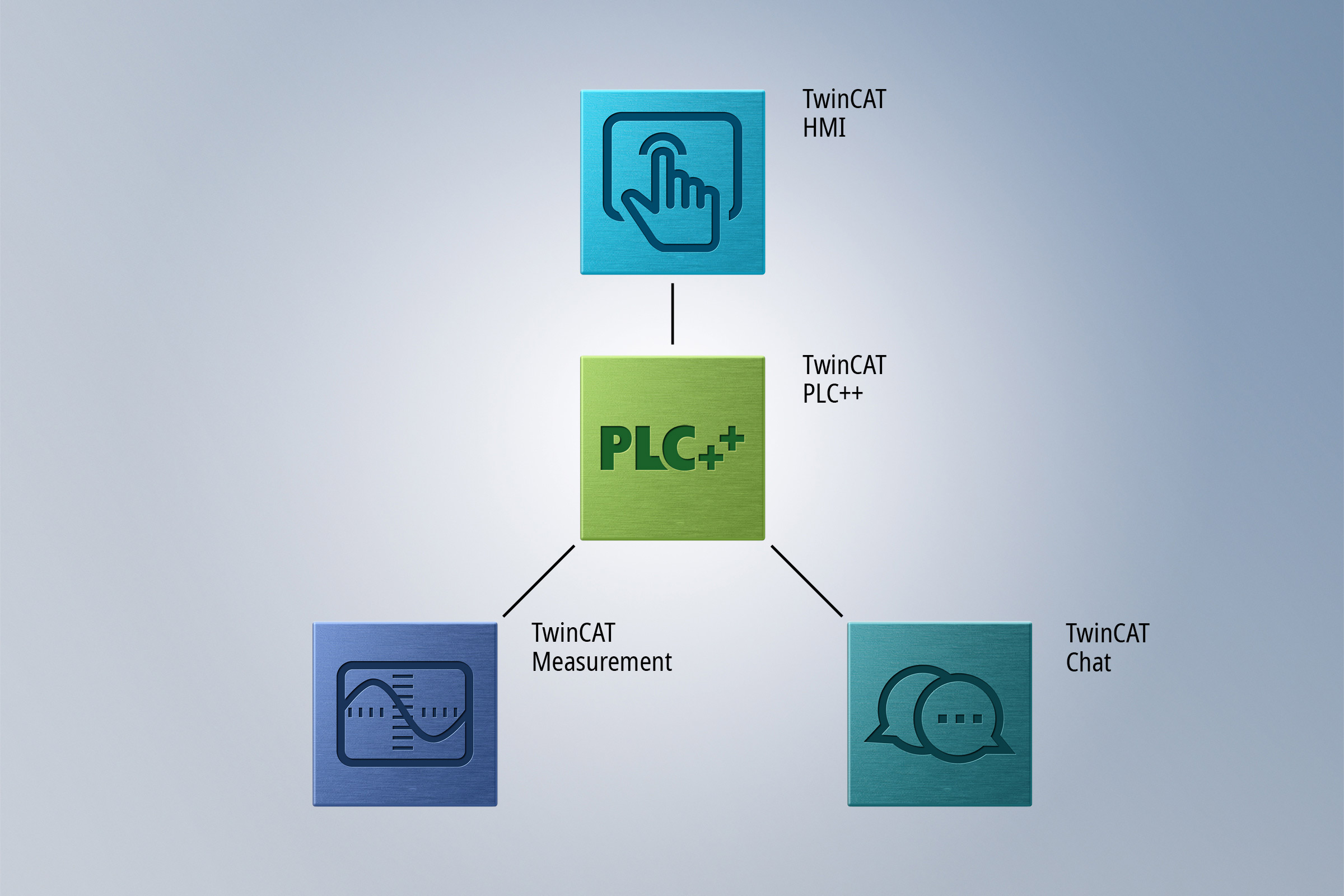
全新的 TwinCAT PLC++ 架构实现了 TwinCAT 功能更深层次的集成。例如,TwinCAT HMI 和 TwinCAT Target Browser 未来将能够直接访问 PLC 变量,这一过程中无需预先编译或执行程序代码。
此外,还可以集成基于 TwinCAT CoAgent 的编程助手,该助手支持生成文本和图形代码。通过这种方式,我们可以充分挖掘 TwinCAT 世界的广阔潜力,并提高整个开发流程的效率。